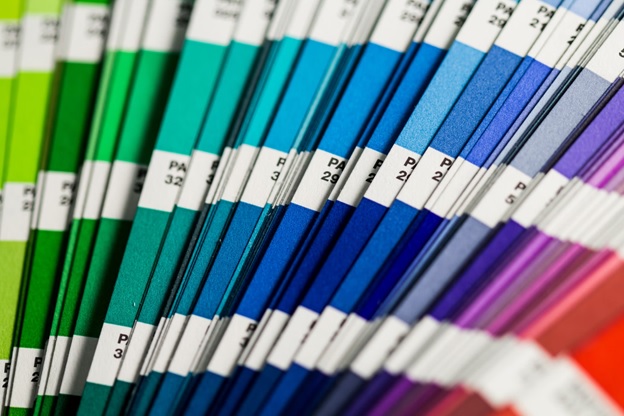In the vibrant world of branding and marketing, colour serves as a silent yet potent ambassador of a brand’s identity. The strategic use of colour in logo design is not just an artistic choice; it’s a pivotal decision that can subtly influence customer perception and emotions. This comprehensive article delves into the depths of colour psychology in logo design, illustrating how it can be effectively utilized to forge powerful and lasting brand identities.
Understanding Colour Psychology
Colour psychology is an intriguing field that studies how different hues affect human behaviour and emotional responses. It’s a critical aspect of marketing and design, as colours do more than just beautify; they carry intrinsic meanings and can evoke specific emotions. This makes understanding colour psychology essential for designers and marketers aiming to communicate a particular message or emotion through a brand’s visual identity.
Colours and Their Psychological Impacts
Each colour has its own psychological connotations, which can be leveraged in logo design:
- Red
Symbolizing energy, passion, and urgency, red is often used in logos to command attention and evoke a sense of excitement or appetite. It’s particularly effective for brands that want to project an image of vibrancy and boldness.
- Blue
This colour represents trust, dependability, and professionalism. It’s a common choice in corporate logos, denoting stability, trustworthiness, and calm. Different shades of blue can convey various nuances, from the lightness of sky blue to the depth of navy.
- Yellow
Standing for optimism, energy, and youthfulness, yellow is a popular choice for brands aiming to appear accessible, friendly, and positive. Its brightness can energize a design, capturing the essence of sunshine and cheer.
- Green
Suggesting growth, health, and tranquility, green is a versatile colour used across various industries. From environmental organizations to wellness brands, green conveys messages of renewal, nature, and balance.
- Orange
This colour, associated with creativity, enthusiasm, and fun, is an excellent choice for innovative, energetic brands. It combines the intensity of red with the cheerfulness of yellow, striking a balance between the two.
- Purple
Connoting luxury, sophistication, and spirituality, purple brings a touch of elegance and mystery to logos. It’s favoured by beauty and wellness brands, as well as those in the creative and luxury sectors.
- Black and White
The use of black and white in logo design symbolizes simplicity, sophistication, and modernity. Black alone conveys power and elegance, while white represents purity and clarity. Together, they create a timeless and chic look, often seen in fashion and luxury brand logos.
The Role of Colour in Brand Identity
Colour choice in a logo significantly influences how a brand is perceived. For example, the red in Coca-Cola’s logo helps project a lively, bold brand image, while the green in Starbucks’ logo emphasizes its commitment to freshness and natural quality. These colour choices are not arbitrary, but are deeply rooted in the psychology of colour and its impact on branding.
Choosing the Right Colour for Your Logo
Selecting the right colour for a logo requires a deep understanding of the brand’s essence, industry norms, target audience, and cultural contexts. Colours that resonate well in one culture may have different connotations in another, making it crucial to consider these factors in the design process.
Trends and Innovations in Colour Usage
Current trends in logo design show a preference for gradient colours, pastel palettes, and a move towards simplicity and minimalism. Brands are experimenting with unconventional colour combinations and patterns, breaking traditional norms to stand out in a crowded market.
Challenges in Applying Colour Psychology
One of the primary challenges in applying colour psychology in logo design is the subjective nature of colour perception. Personal experiences, cultural background, and context can significantly influence how a colour is perceived. Designers must navigate these complexities to ensure that the logo communicates the intended message and resonates with the target audience.
Case Studies in Colour Psychology
Examining successful logos like Google and Apple provides valuable insights into effective colour usage. Google’s logo, with its primary colours, conveys simplicity and accessibility, while Apple’s monochromatic logo exemplifies sophistication and cutting-edge technology.
On Final Thoughts
The application of colour psychology in logo design plays a crucial role in brand perception and emotional connection. A well-chosen colour palette does more than beautify; it communicates a brand’s essence and values at a glance, making it an indispensable tool in a designer’s toolkit. By understanding and leveraging the power of colour, designers and brand strategists can create logos that not only capture attention but also resonate deeply with their audience.
